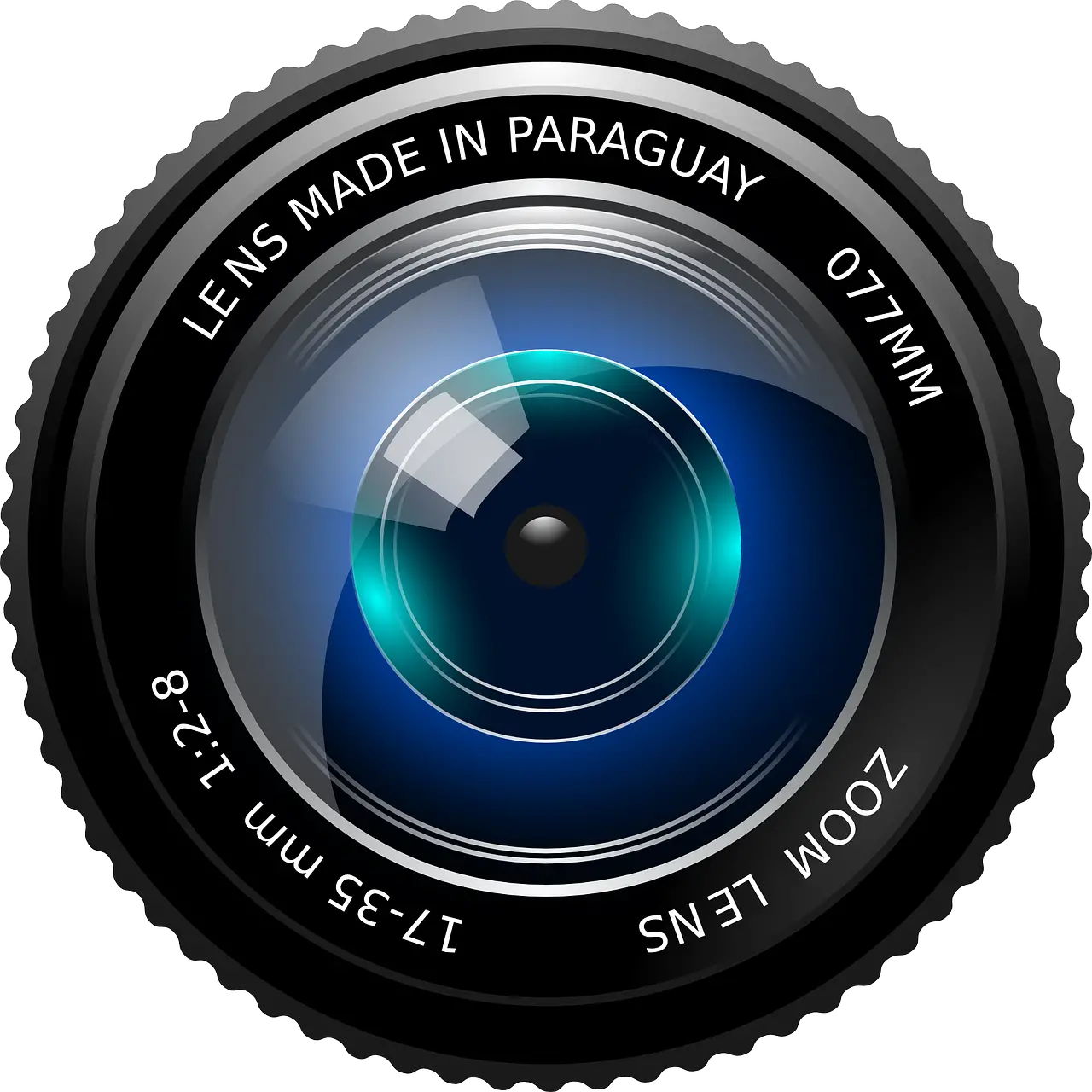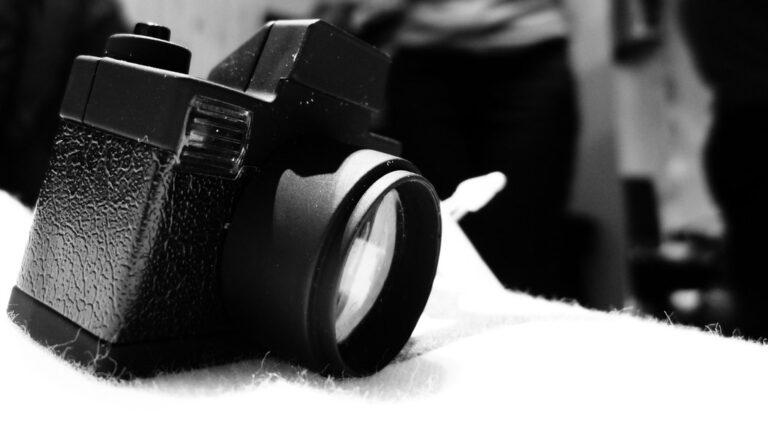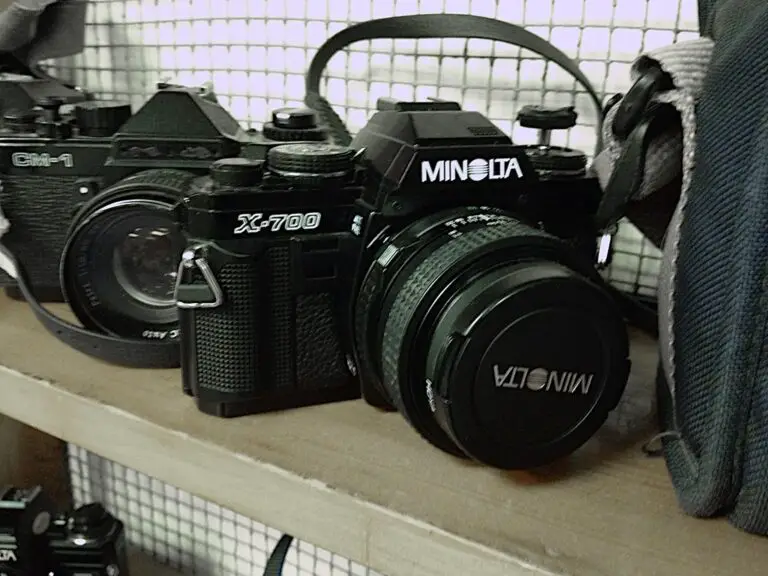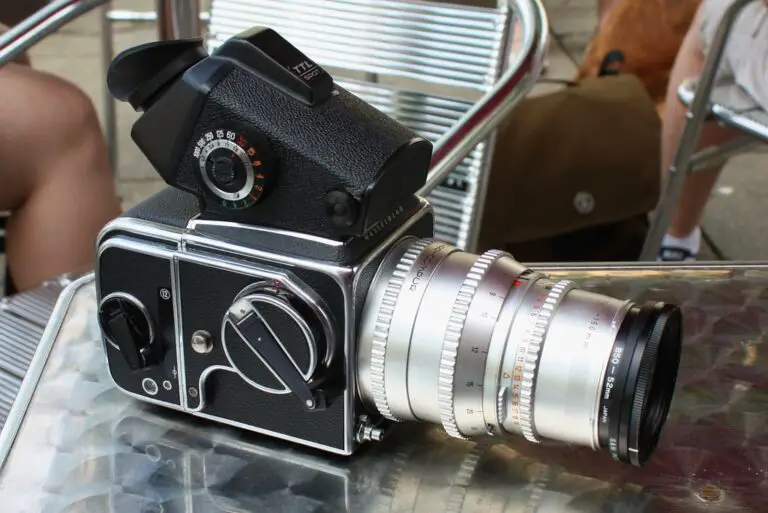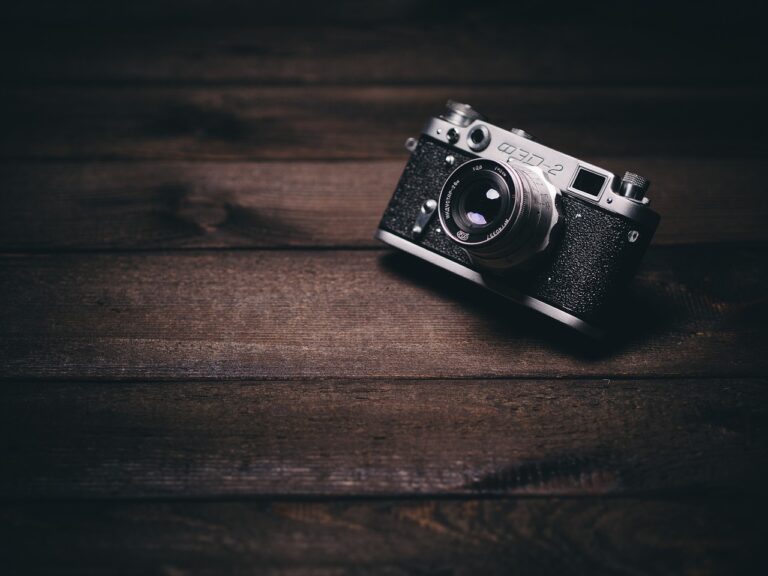How to Capture Intricate Details in Micro Photography without Distortion
For photography enthusiasts, the allure of capturing the unseen details through the lens of a camera is akin to finding art where many see only the ordinary. In the world of micro photography, where close-ups are not just advised but required to reveal such details, a photographer’s challenge becomes clear — how can one peer into a tiny world without losing the clarity and perspective that makes it so enchanting?
This extensive guide is for the curious shutterbugs and established photographers navigating the intricate art of micro photography. We’ll unravel the techniques needed to capture those minute details without distortion, ensuring that the beauty of the little things isn’t lost in translation from eye to camera.
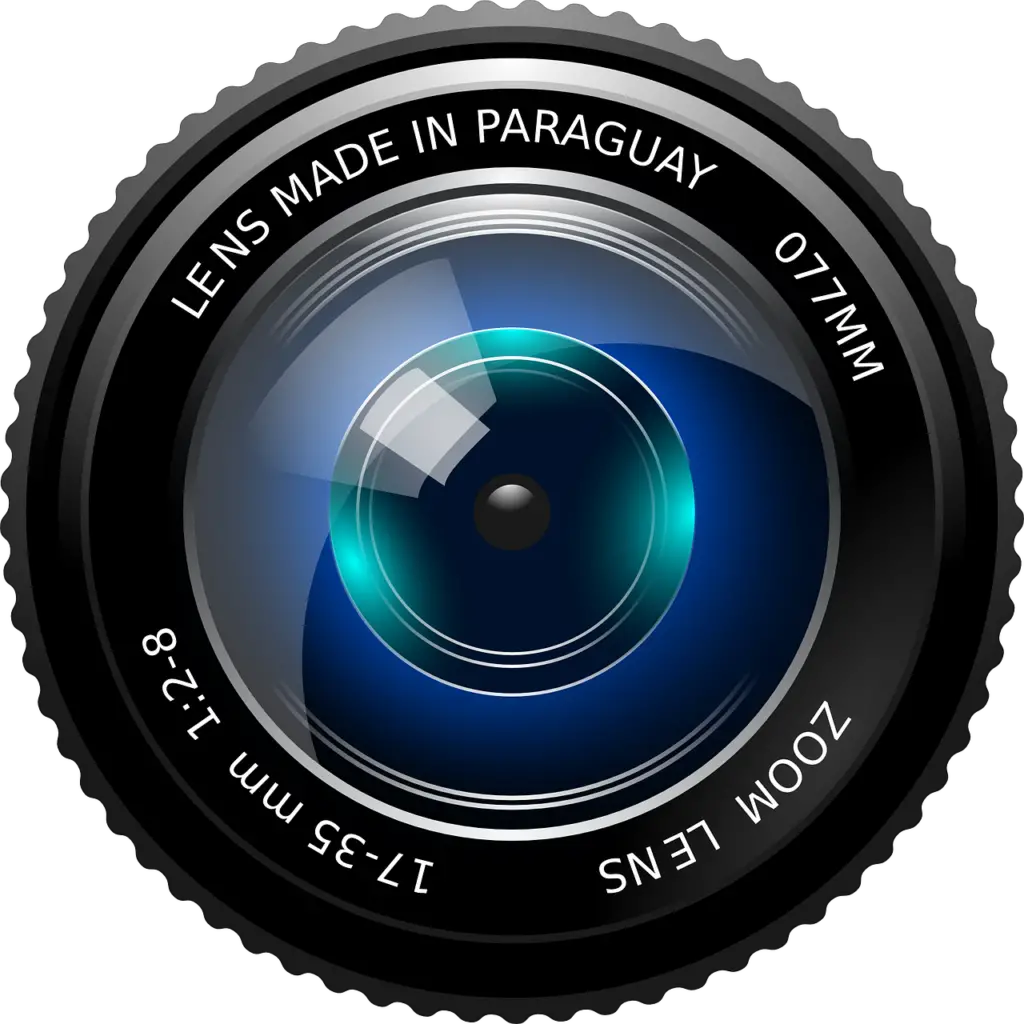
Understanding Micro Photography
Appreciating the Small Things
Micro photography, often referred to as macro photography, centers around shooting at a 1:1 ratio or closer, to reveal details invisible to the naked eye. This tight focus opens up a world of ephemeral beauty, from the facets of an insect’s compound eye to the delicately veined wings of a butterfly.
In a world where we tend to overlook the small, mastering micro photography is a celebration of detail. Each photograph can reveal intricate textures, structures, and patterns that tell a story far beyond what’s immediately visible.
Equipment Essentials
Choosing the Right Gear
The first step to capturing the micro world is acquiring the right equipment. Top of the list is choosing a camera and lens combination that delivers both high resolution and close focusing distances.
The Right Camera
Your choice of camera matters. A digital single-lens reflex (DSLR) camera offers versatility and allows you to switch out lenses, a crucial feature for macro work.
The Ultimate Lens
For micro photography, a macro lens is non-negotiable. These lenses are designed to deliver sharp images at short distances, offering 1:1 reproduction ratios. Some options include the Canon MP-E 65mm f/2.8 1-5x Macro, the Nikon AF-S VR Micro-Nikkor 105mm f/2.8G IF-ED, and the Sigma 105mm f/2.8 EX DG OS HSM Macro Lens.
Support for Stability
Handshake can ruin a perfect micro shot. A sturdy tripod, particularly one with a reversible center column or the ability to shoot from odd angles without compromising stability, is essential. Look for features such as quick-release plates and adjustable legs for uneven terrains.
Lighting the Scene
Macro photography often requires additional lighting to illuminate the subject properly. You might consider using flash rings or twin macro flashes that fit on the front of the lens, providing even lighting without shadows when working in close quarters.
Accessories and Tools
Extension tubes, close-up filters, and focusing rails are additional tools that can be used to further extend the capabilities of your macro setup, allowing you to fine-tune your focus.
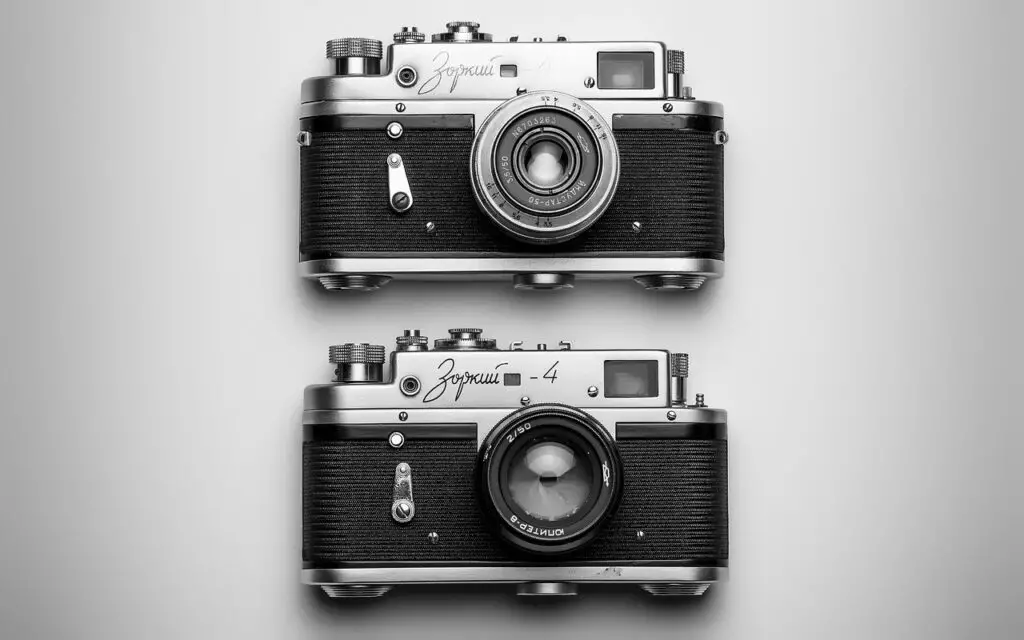
Techniques for Detail Clarity
Strategic Shooting
Success in micro photography hinges greatly on the techniques you employ. Focusing on the subject and managing your depth of field are critical aspects of macro photography.
Focus Stacking
When depth of field is particularly shallow, focus stacking is a technique that can save the day. By merging different images with varying focus points, you can achieve a sharp image from front to back, capturing all the fine details without losing sharpness due to missed focus.
Depth of Field and Aperture
A wider aperture lets in more light but also narrows the depth of field, which in macro photography can lead to vast portions of the subject being out of focus. In contrast, a smaller aperture provides a greater depth of field but requires longer exposures or more light.
The Challenges of Light
Effective lighting in macro photography is not just about brightening the scene; it’s about highlighting the details you’re aiming to capture. Side lighting can reveal texture and depth, while diffusers help soften harsh shadows.
Avoiding Distortion
A View without Artifacts
In the close confines of micro photography, distortion can become a concern. The good news is, it can be managed through a combination of equipment choice and shooting techniques.
Perspective and Composition
Understanding the perspectives that different angles can create is essential. Shooting straight-on reduces the appearance of distortion, while higher or lower perspectives may elongate or compress the subject unnaturally.
Managing Noise
With higher magnification comes a risk of increased image noise. Using low ISO settings, shooting in RAW, and stabilizing your setup can all minimize the noise in your final images, preserving the clarity of your details.
Post-Processing Tips
Finalizing the Masterpiece
The image-making process doesn’t end with the click of the camera. Post-processing allows you to fine-tune and elevate your macro photographs, showcasing the details you’ve worked so hard to capture.
Editing Software
Powerful photo editing software such as Adobe Photoshop and Lightroom can correct minor distortions and enhance details. For more advanced focus stacking, specialized software like Helicon Focus can be used.
Sharpening and Detail Enhancement
Subtle sharpening in post-processing can bring out the intricate details of a macro shot. Be careful not to overdo it, as sharpening can also emphasize noise and appear unnatural.
Correcting Distortions
When distortion creeps in, for example, when using close-up filters, software like Adobe Camera Raw or Lightroom’s transforming tool can help correct it, returning natural proportions to your subject.
Conclusion
Micro photography challenges its practitioners to achieve unprecedented levels of detail without compromise. By understanding your equipment, employing the right techniques, and appreciating the importance of perspective and light, you can capture the world in all its small-scale splendor.
The path to perfect micro photography is a balance of technical proficiency, creativity, and patience. With each shot, you have the opportunity to unveil beauty that transcends scales — a reward well worth the meticulous effort.
We hope this guide has provided you with the insights and tools necessary to venture into the captivating world of micro photography, unearthing treasures that remain hidden to the casual observer. Remember, in the micro world, the tiniest changes can make the biggest difference in your photographs. Keep refining your approach, and may your images be a testament to the intricate and enchanting world waiting to be discovered through your lens.

